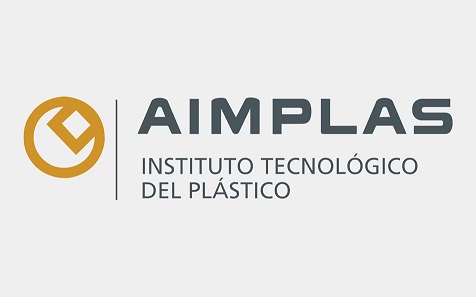Developing recyclable barriers for food packaging is next big effort – Recyclable barriers food packaging - Arhive
Recyclable barriers food packaging Recyclable barriers food packaging Recyclable barriers food packaging Recyclable barriers food packaging Recyclable barriers food packaging Recyclable barriers food packaging Recyclable barriers food packaging Recyclable barriers food packaging
Developing recyclable barriers for food packaging is next big effort
 As reported in the March 2, 2018, issue of Plastics Recycling Update, one of the next big packaging projects is the development of recyclable barriers for food packaging. A project backed by the European Union aims to “replace aluminum and other barrier materials in multi-layer films with recyclable bio-derived polymer coatings,” said Jared Paben in the article.
As reported in the March 2, 2018, issue of Plastics Recycling Update, one of the next big packaging projects is the development of recyclable barriers for food packaging. A project backed by the European Union aims to “replace aluminum and other barrier materials in multi-layer films with recyclable bio-derived polymer coatings,” said Jared Paben in the article.
The RefuCoat project is coordinated by the Spanish Plastics Research Center (AIMPLAS). The head of the center’s Functional Printing and Coatings department, Susana Otero, recently wrote a white paper for Plastics Recycling Update: “Currently, metalized and modified-atmosphere packages are based on the use of non-renewable materials in multi-layer structures that lead to complex and expensive recycling steps,” she wrote.
This issue is becoming increasingly important because consumers want food products with fewer preservatives and additives, and more natural freshness, Otero pointed out in her paper. That requires a “physical barrier to the factors that affect food, such as humidity, oxygen or light, among others,” she wrote. However, while multi-layer and multi-material packages are great at prolonging shelf life, “barrier packages have a big disadvantage regarding their recyclability.”
Some of the materials used in these barrier packages include metalized films, biaxially-oriented polyethylene terephthalate (BOPET), polyamide (BOPA) and polypropylene (BOPP or CPP), high oxygen-barrier materials (ethylene vinyl alcohol), polyacrylonitrile and polyvinylidene chloride, Otero noted. She cited a Smithers Pira market report: “Global high-barrier packaging film consumption was approximately 1.76 million tons in 2014, with a value of €12 billion. It is expected to grow at a CAGR of 5% between 2014 and 2018.”
“Therefore, a variety of barrier technologies that preserve and protect, optimize shelf life, reduce the need for preservatives, and provide transparency and gloss have been commercialized,” Otero said.
In his article, Paben noted that RefuCoat’s budget for this project is €3.2 million (more than $3.9 million), about 71% of which comes from the EU. “A number of research efforts in recent years have worked to tackle the recyclability problem with multi-layer flexible packaging,” said Paben. “Most recently, the Ellen MacArthur Foundation gave prizes to two teams working to create alternatives to non-recyclable barrier packaging.
The awards were given to a team from the University of Pittsburgh and R&D company Aronax Technologies Spain for their work in improving the mechanical recyclability of food packaging. The awards were part of what is called the Circular Materials Challenge.
A recent post in Plastics Recycling Update noted that collection had climbed for both film and rigid plastics. “Although the studies, which cover 2016, note that film and rigids each saw collection increases of well over 100 million pounds, they also describe significant barriers, including a ‘perfect storm brewing’ for one stream—rigid plastics.
“The plastic film study found at least 1.3 billion pounds of post-consumer film, including bags and wraps, were collected for recycling during the 2016 calendar year,” representing an increase of 10% over the previous year. That was the largest jump in film recycling collection since 2006.
As film recycling continues to rise, it becomes even more imperative for manufacturers to find ways to recycle barrier film. As Otero noted in her paper: “The RefuCoat project . . . aims at developing fully recyclable food packaging with enhanced gas barrier properties and new functionalities using high performance coatings. Active and barrier coatings will be developed to be used in films and trays as an alternative to current metalized and modified atmospheric packaging to avoid the use of non-renewable materials.”
Related Topics
